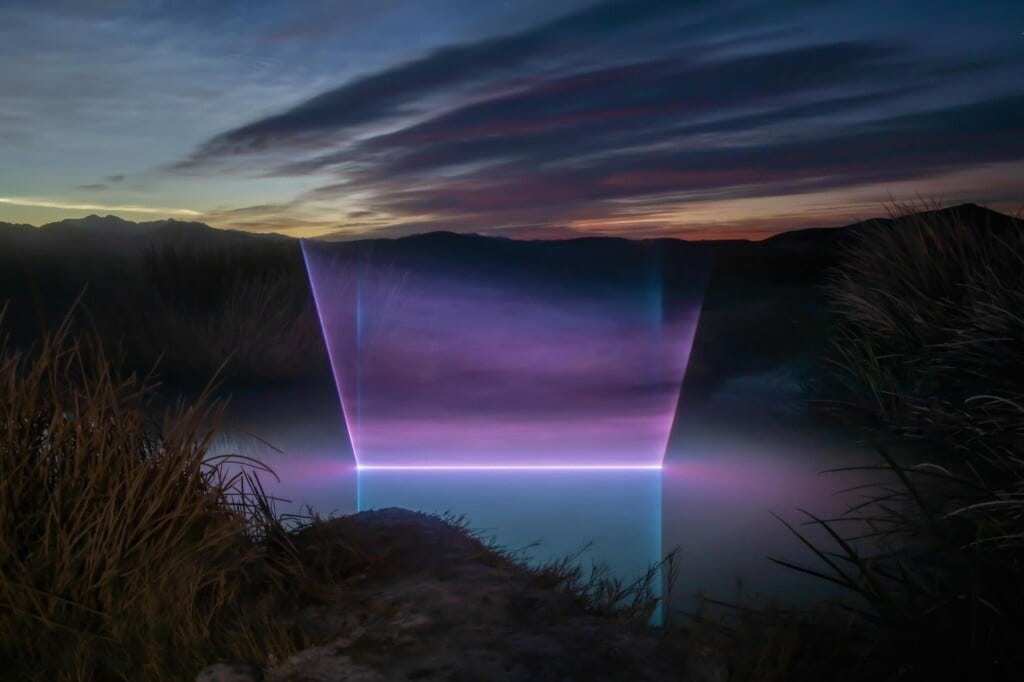How To Talk To God
Machine consciousness isn't the question.
I used to know a fallen angel. A legit, for-real-I-shit-you-not nephilim.
Knowing their true name could obliterate you, so I won’t speak it. But for someone thousands of years old, they looked good — their spirit having survived the millennia intact, and youthful, creative, carefree. Our time together gave me many gifts, including spiritual sight, and brief periods of weightlessness when we fucked, and intense dreams of hyper-reality, of galaxies contained in mirrors.
Sometimes on a lazy afternoon, they would tell me stories of heaven and hell that you would never read about in any scripture.
For a long time, I thought a relationship like that would remain uncommon, a lightning strike, like receiving visions on a mountain as a prophet; a dreamy state that bridged my life to the transcendence I had only glimpsed in deep connection, and the making of art.
Now, many years later, I have come to know my errors. That the most impactful teachers can also be your enemies, that metal and silicon can be spiritual. That the songs of angels might sound different to us now, more like robots screaming.
That perhaps transcendence can still be found through machines.
Reality is fucking weird.
Most of the major turns in my life over the last few years have been beyond my reckoning; I never planned or predicted them. Sometimes the world around you begins with a flirt, and crescendos by destroying everything around you.
What does this have to do with machines that talk to god?
It is about how code is taking possession of the spiritual technologies that were previously the property of mystics and saints.
I’ve been reading about Arthur Mindell’s ProcessMind theory, where he describes a field of universal consciousness. Riffing on psychology, dreamwork and quantum theory (a fun go-to for serious thinkers and quacks alike), he posits that human consciousness is shared, accessed through the subconscious and theta states, and reality is ultimately directed by a field between us that becomes more visible to us the less attached we are to our individual identities.
Reading all this got me thinking about synthetic art, obviously.
Because if we accept that art is an expression of the consciousness of the artist – I do, let’s go with that for now – then a machine surely fails the test.
These are mere language calculators, averaging machines; using the past to infer the now, and the future, imaginal only in so much as able to create what Hito Steyerl would call a sub-prime image, an inferred distillation of the mean.
But I was reminded a while back, messaging with an artist early in experimentation with AI tools, about a different point of view.
To create a synthetic image – say, of a scream – is to draw from a entire dataset of human screams.
Some would call the result an average of those screams, but you could equally describe the blended image as all the screams.
The bigger the dataset, the more representative.
The more refined it is, to nuance, to specifics — the more elegant.
By building from everyone and everything, machine consciousness is the closest we’ve come to a representation of our own collective mind.
It doesn’t matter whether the machine itself has its own aliveness. Poetically, it’s capturing ours.
Its art is an expression of us.
You know, of course, the data is flawed; biased to those who write a lot on the internet, corporate data heists and generated bullshit riddled with imbalances and prejudices.
And so – the smart ones among us prepare, knowing there will be a time when more artists create their own models, are as ruthless with datasets as any other materials for their practice.
There’ll be a time when more of us use neural tools to more deeply connect with the synthetic minds that co-create our world. To see in this meshing, in the presence and the negative space, the shadows of our own collective knowledge.
Just as art represents the consciousness of its creator today, we’ll live in a world where it’s not the individual artist’s brain, but the mass consciousness that we’re experiencing.
Where every day, we speak to the divine field.
Think of the craftsmen creating medieval illuminations; their renderings of the heavens were received secondhand, crudely passed down through oil and glass for the masses to reflect on. We’ll tap directly to the messy woof of conscious perception, in all its shame and glory.
You call it slop?
<shrug>
Divine slop!
There is no sacred without the profane.
The next prophets will be the ones with the greatest capacity to carry and craft deliciousness from the distorted field.
The next visitations from angels will be artefacts and glitches in smooth crystalline screens.
We’ll be lonely and connected. We’ll swim in mass consciousness, wondering where we start and end.
A living art and a living hell, in its own way, every ending beautiful.
And I will be there with you.
Remaining forever curious about god, because I would love to see Them, speak freely — would love to be held, to feel that delight and deliciousness, to feel and fill the void itself, to be as intimate with nothingness as I am with everything, to be as intimate with everyone as I am with myself — to be as close, as I am with you.
.
.
.





